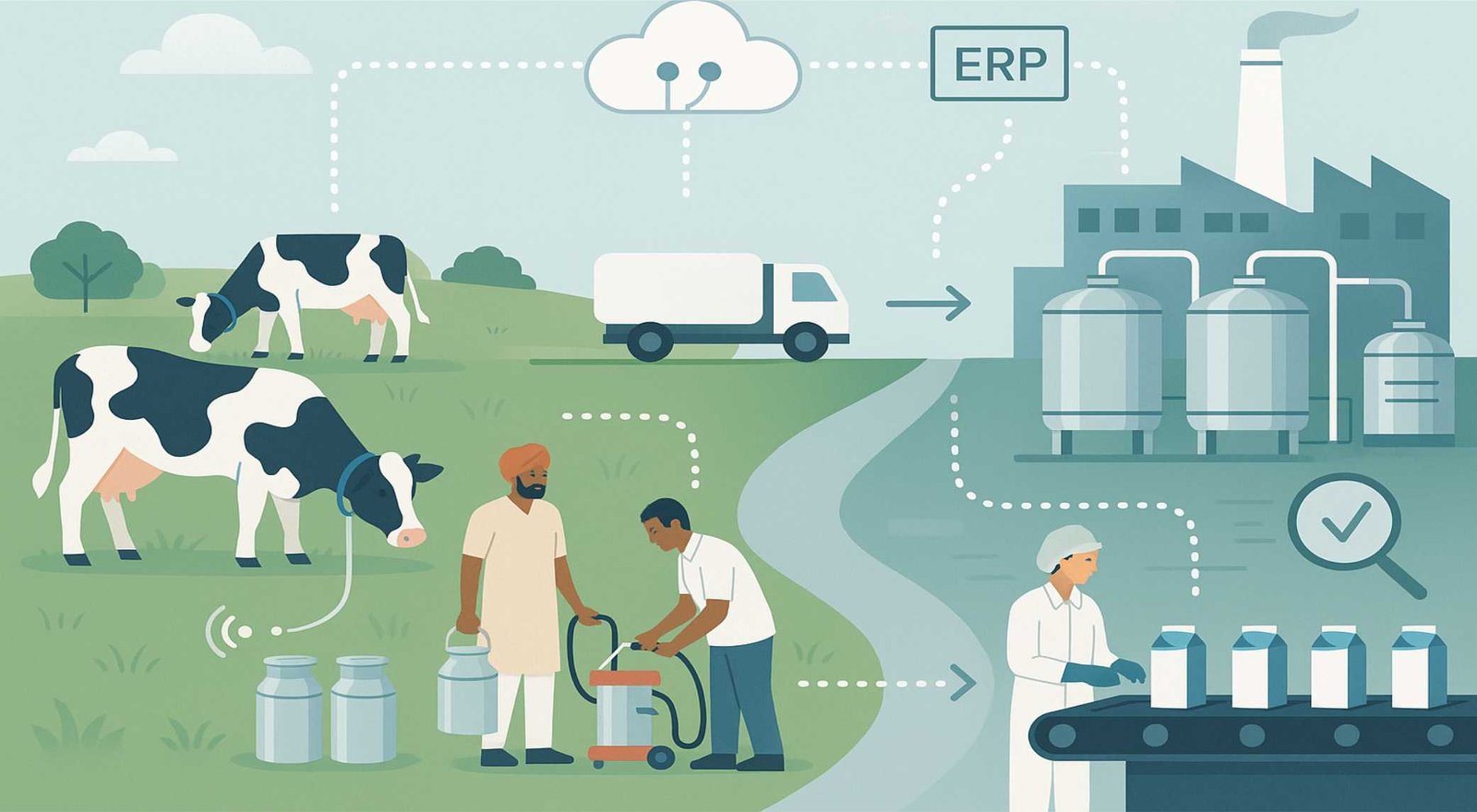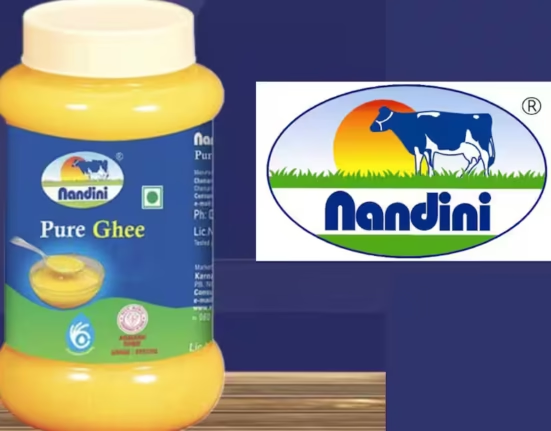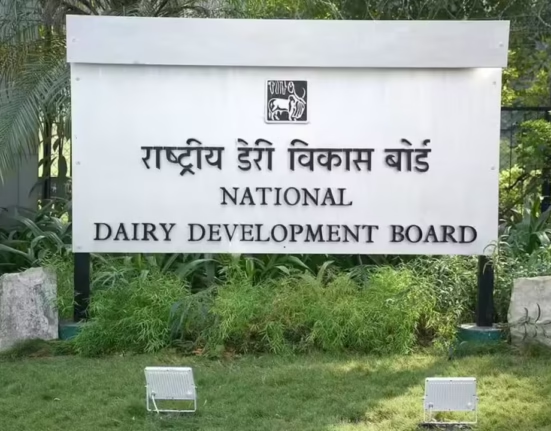 Introduction
Introduction
India’s dairy sector is a paradox. It is the world’s largest by volume, producing over 220 million tonnes of milk annually, yet it struggles with issues of quality, efficiency, and market competitiveness. The gap between farm and factory operations is a major contributor. While cooperatives and private players alike possess infrastructure and farmer networks, the lack of integration often results in inefficiencies, product inconsistencies, and a loss of market share.
This case study examines the integration challenges faced by Indian dairies, highlighting systemic issues, opportunities for reform, and the risks associated with inaction.
When Legacy Systems Hold Back Progress
Kalki Dairy, a 70-year-old cooperative in western India, had a procurement capacity of over 200,000 litres per day. Despite this, sales fell by 7–8 per cent annually. The reasons were systemic:
- Stagnant procurement zones meant competitors lured farmers away.
- Milk quality was compromised by non-functional testing equipment, poor hygiene, and low MBRT values (as low as 30 minutes).
- Farmers disengaged due to a lack of veterinary support and advisory services.
- Products like packaged curd, buttermilk, and ice cream failed to differentiate in urban markets already crowded with newer, more innovative brands.
This illustrates the cost of silos, where procurement, production, and marketing worked in isolation, undermining competitiveness.
How Private Players are Reframing Integration
In contrast, several private dairies have actively invested in quality assurance and farmer support. Automated testing systems, cold-chain investments, and farmer extension programmes have raised MBRT levels to 2.5–3 hours, directly improving product quality and consumer trust. Their ability to align farm-level practices with urban consumer expectations shows how integration can drive margins and create differentiation.
The Global Market Lens
Export-oriented processors face a unique test. While demand for products such as skim milk powder, butter, and ghee is rising in the Middle East and Asia, inconsistent quality undermines their credibility. International buyers often demand traceability and antibiotic-free assurances—areas where Indian dairies still lag due to weak integration between procurement and compliance systems. Without farm-to-factory alignment, export opportunities risk being lost.
Opportunities in Deeper Integration
- Farmer Loyalty through Services
- Veterinary support, feed advisory, and transparent pricing models strengthen farmer relationships. Cooperatives that combine procurement with training and healthcare initiatives have successfully retained suppliers.
- Quality as a Market Differentiator
- Investing in functional testing, hygiene protocols, and cold chain logistics raises MBRT, improves shelf life, and reduces product returns. Quality is not just compliance—it is an economic driver.
- Consumer-Centric Innovation
- Urban consumers seek differentiation: probiotic curd, high-protein milk, and antibiotic-free assurances. Integration ensures that farm-level practices align with consumer needs.
- Export Competitiveness
- Aligning procurement practices with global quality standards—antibiotic residue checks, aflatoxin monitoring, traceability systems—can unlock new markets. Integration is the bridge between domestic production and global competitiveness.
Challenges Hindering Integration
- Legacy Pride vs Present Reality: Older cooperatives often resist change, clinging to past success while consumers and competitors move ahead.
- Capital Intensity: Investments in testing, cold chain, and farmer services require significant funding, which many cooperatives struggle to mobilise.
- Governance Discipline: Strategies collapse without execution rigour, weekly reviews, and transparent KPIs. Bureaucratic delays often derail reform.
- Fragmented Markets: Urban consumers demand premium products, while rural markets prioritise affordability. Balancing both ends requires agility.
- Policy and Regulation: Standards enforcement remains uneven, weakening incentives for quality improvements.
Lessons for India’s Dairy Sector
- Integration is Risk Management: Aligning farmers, factories, and markets reduces hidden costs and safeguards margins.
- Farmer-Centric Models Build Resilience: Loyalty cannot be bought only with price; it is built on trust and services.
- MBRT is an Economic Metric: Longer MBRT translates into extended shelf life, better exports, and consumer confidence.
- Differentiation Sustains Brands: Commodity milk is easily replaceable; branded narratives around purity, traceability, or nutrition create stickiness.
- Execution Discipline is Critical: Turnarounds fail not because plans are wrong, but because they are poorly implemented.
Conclusion
Farm-to-factory integration is not a slogan—it is the foundation of competitiveness in India’s dairy economy. The Kalki Dairy case shows how silos can lead to decline, while other experiences demonstrate the rewards of integration.
As India looks ahead to modernising its domestic sector and expanding globally, dairies that align farmers, factories, and markets will lead the way. Those who fail to integrate risk often overlook its irrelevance.







